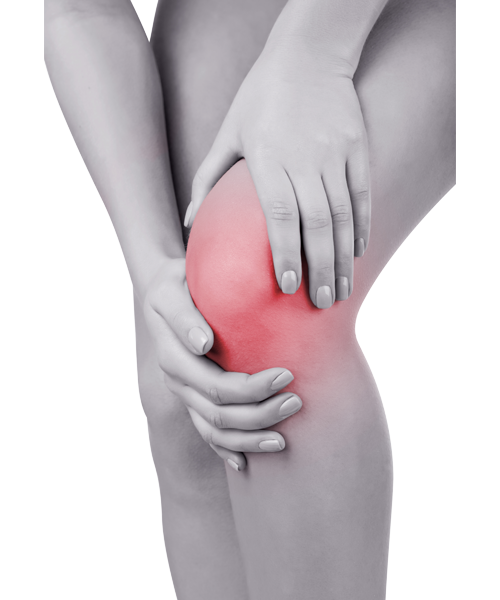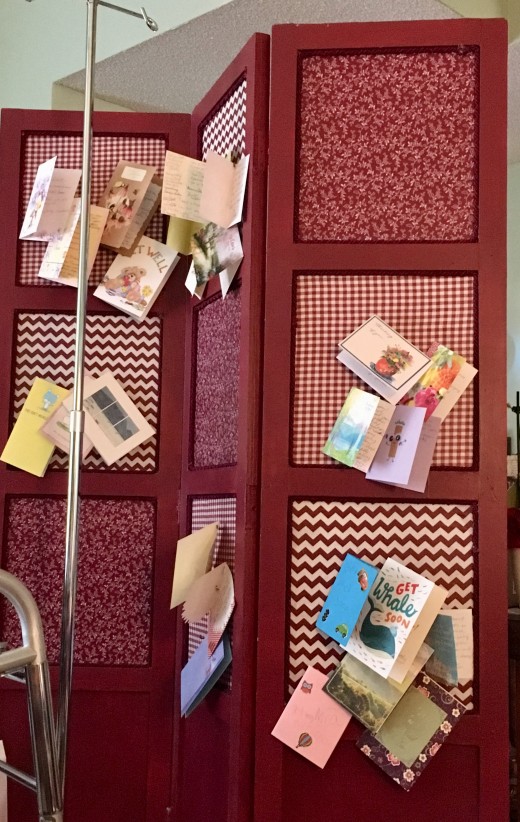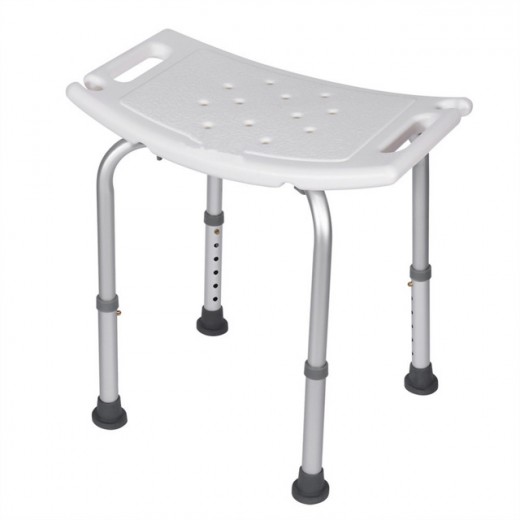My Total Knee Replacement: Before the Surgery
Total knee replacement surgery is something no sane person takes lightly. It is the last resort when other options are exhausted. In my case, I went through various types of injections to alleviate my pain to one degree or another. They lasted for a few months, then a few weeks, then days until finally, they had little to no effect. I also used numerous kinds of knee braces, tapes, lotions, and manual knee maneuvers to rid myself of the pain, but again they only worked for so long and to varying degrees of efficiency. Three years ago, I went to a surgeon seeking a replacement but was sent home disappointed because they said my knee was not degraded enough for insurance to cover it.
During that same year, I was diagnosed with Rheumatoid Arthritis (RA). They encouraged me to take shots to help alleviate the pain. But because I was afraid to take any scary medications with a long list of possible side effects, I sat for a year letting the RA attack my joints. However, after spending most of my time sitting in a chair deteriorating, I finally decided the medication was no longer all that scary and after starting it began to recover. During that time though, the disease had tortured my joints. My shoulders, wrists, elbows, ankles, fingers, and already damaged knees were in worse shape than ever. My knees which were already stricken with Osteo Arthritis (OA) were now further damaged. What began as only RA everywhere else had now turned to another form of arthritis, maybe OA but yet to be diagnosed.

As the following years passed, I began to have more and more trouble getting around. I had both good and bad days. The weather affected how I felt and for how long my pain would last. In the past year, however, it had become almost unbearable. My right knee was becoming more and more bent. I could no longer straighten my leg and had a permanent limp. To top it off the left leg was also having a lot of pain. The knee causing shooting pain up and down the side of my leg. The combination of these issues made it impossible for me to walk properly and I finally got to the point that I could barely handle standing or walking for any length of time. Standing after being seated was also severely painful and at times caused me to need assistance from others just to get around. I finally succumbed to using a walker around the house. One with a seat so I could sit when needed. I also used it to watch TV so I could sit and using my legs to propel me I would roll back and forth to keep my joints moving.
Seeing the Doctor
I finally made an appointment to see the surgeon again and they checked the status of both knees. They decided the right knee was the best choice due to its bending and the severe limp I had. I was very apprehensive about this surgery. I had done a lot of reading about the knee surgery plus watched testimonials about it being one of the most painful surgeries there is. The surgeon told me I was probably going to do well since I already had RA and was used to pain. I thought to myself that I had not had a lot of RA pain since I had been on medication, so I was not sure that was going to be true at all. I was in quite a bit of pain from the OA though so I tried to keep a positive attitude about my reaction. I also knew it would be easier if I lost some weight, so I started watching my diet. I had already lost some weight but was able to lose about ten pounds from that time until surgery.
When you are told, you will get surgery you become anxious to get it over with, but there are things that must happen first. I had to see my MD to make sure I could be cleared for surgery and have him send over a release. Depending on an individual’s health that can include scans, heart checks, or other things. It was about six weeks later before the actual surgery was scheduled. I was given two possible options depending on my insurance coverage. One was going to the hospital for one night or a surgery center that would send me home. I qualified for the surgery center. I had a very progressive surgeon who was using all the newest techniques and he prefers the surgery center, which I did end up qualifying for. I must caution here that surgeons should be researched. Use the one that is most up to date and has great reviews within your network.

I purchased a toilet riser to make sure I could easily get on and off. I also put a stool in the shower as standing for any period of time would be very difficult. Thankfully some of my friends brought over casseroles and other foods so my family would not have to worry about food prep and we shopped for what we knew would be necessary during the following days. The surgeon’s office had some refrigerated meds and other things including an IV pole sent to my home a few days before the surgery.

Home Preparation
When you are on the “go home” plan you go straight from the surgical center to home bed. I have two floors so I set up space in my living room. This meant making previous arrangements. I have a TV room just off the living room so I moved my couch so I could see it while lying down. I also set tables around the edge of the couch to hold my drinks, pills, phone, etc. I put a folded quilt over the cushions to protect them and to add softness. I removed the back cushions for more space, replacing them with smaller pillows. I also raised the cushions to a better height for getting up and down easily and give my feet more room to move. I then set a slightly taller two-armed side chair next to the couch so I would have a stable place to sit once able. The final thing I did was put a divider between my “bed” and the front door for added privacy.

Preparation Ideas
- Be near a bathroom or have a temporary commode as you will not be able to travel far at first.
- Keep a walker within arm’s reach when in a sitting position. I used the fold out type with the tennis balls at first for the stability it offered, then moved to a more mobile type with a seat.
- Purchase or borrow a shower bench. I was able to shower soon after surgery, but could not have stood up the first days or stand very long after that. (note: a pull-down shower head is a real help. I kept mine hanging down for easy access.)
- Make sure you can easily rise from your sleeping area. Check the height of your bed or sofa and add a foam layer under the cushions if necessary.
- Remove all throw rugs and items that might possibly trip you. (I promise you, you can and will get caught up in the strap of a purse, the tiny ridge between carpet and floor, or a random cord).
- Have plenty of table space and an easily accessible lamp nearby as you will not want to get up once down to get anything or turn off a light. It’s also good to have a laptop, phone, and any chargers nearby to pass the time. We purchased an extra TV remote so I could run the TV from the next room.
- Keep something to drink, light snacks, and your medications near at hand because you will want to wake up and take them in the middle of the night at first. And you will need a snack so as not to get an upset stomach. I used Girl Scout cookies and rice cakes for late night pills.
- Keep a pair of hard or stiff base slippers by the edge of the bed as they may add stability and keep you from slipping or stumbling.
This content is accurate and true to the best of the author’s knowledge and does not substitute for diagnosis, prognosis, treatment, prescription, and/or dietary advice from a licensed health professional. Drugs, supplements, and natural remedies may have dangerous side effects. If pregnant or nursing, consult with a qualified provider on an individual basis. Seek immediate help if you are experiencing a medical emergency.
© 2019 Lorelei Nettles








